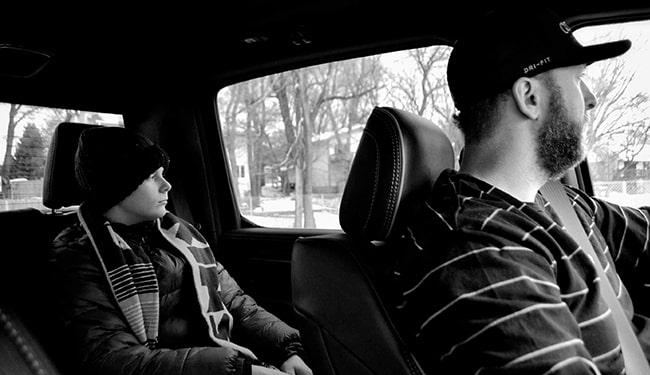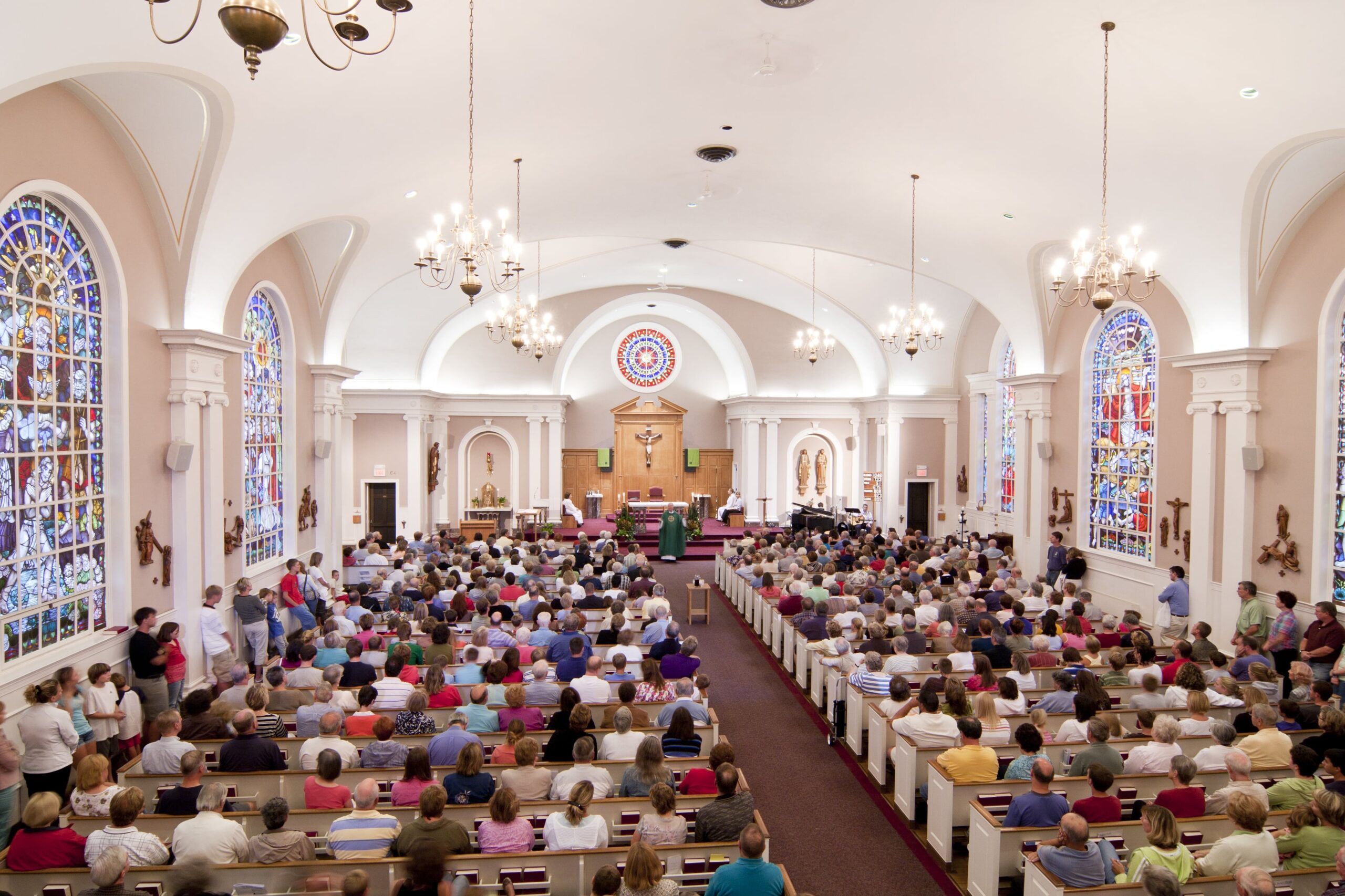Mobility and spirituality are connected, but this connection often goes unrecognized by church leaders. I think this is because mobility did not radically increase until the second half of the twentieth century. Yet the extraordinary acceleration of mobility in the last sixty years has transformed how people “do religion.”
For centuries churches assumed that members lived either within walking distance or perhaps a short ride by horse-drawn carriages and motor cars. Even as late as the post-war 1950’s, church developers habitually located new churches inside the labyrinth of new suburbs. They were rarely located at busy intersections (which might be a hazard to many families walking to church) but in the middle of quiet side streets. They had relatively limited parking because the few cars that arrived contained three to five passengers. They had relatively small vestibules because everyone in the neighborhood mingled throughout the week and didn’t need to pause and greet each other before worship.
Then the interstate highways were built. Corporations routinely transferred employees across the country. Air travel replaced train travel and became accessible to the ordinary person. Families became increasingly extended. On the holidays, there were fewer members and more visitors in worship because so many people were traveling long distances to reunite. New churches had to be located at highly visible locations. Signs that were once parallel to the road became perpendicular to the road to be readable from fast-moving vehicles. Parking lots expanded. Vestibules enlarged.
Today people will travel approximately the same distance to reach their spiritual destination as they would to shop or commute to work. Every new stop sign and pothole blocks access to the neighborhood church and reroutes potential worshippers on to expressway ramps. Mega-churches spring up along the beltways and across from shopping malls.
One of the most helpful features of MissionInsite is that it allows church leaders to determine the real extent of their potential missional reach. First, use the “Build a Report” feature to determine average drive time to work. Then use the “Travel Polygon” feature to determine the drive time to reach your church building. When you upload “People Plot” many will discover that their current community reach is much smaller than their potential missional grasp.
If you really want to bless all the people within your missional reach, some hard decisions need to be made. Some churches may relocate while others multiply new sites of ministry. Some will add signage and expand parking. Some will renovate and enlarge vestibules and train a new hospitality team to do valet parking.
However, the impact of mobility on spirituality has a significant impact that goes far beyond church location and access.
Increased mobility can encourage a sense of entitlement. People are more likely to drive further to find churches that feel comfortable, reinforce their viewpoints, and connect with similar lifestyles. You see the same phenomena in social media. People tend to “follow” the leaders they “like” and limit conversation to people who agree with them.
Increased mobility can encourage a consumer mentality. People are more likely to drive further in a quest for quality. They can select a church that offers high-quality programs driven by paid professionals and supported by a large audience. This discourages lay ministries and encourages faith without sacrifice. Participants can get what they want and remain relatively anonymous.
Increased mobility can trivialize spirituality. Since their life at church is separated from their live at home, there is less accountability for Christian behavior in their private lives. They are less motivated to know or care about their neighbors. They are less likely to connect everyday cultural experience with the real presence of Jesus Christ. They “see” God at church but do not “meet” God in their relationships with strangers.
All of this contributes to the demise of mid-size and small churches. These churches require humility and flexibility to adapt to demographic and lifestyle transitions in the local community. They depend on volunteers who make sacrifices to do ministries. They require greater mutual trust and hold members accountable for their behavior and faithfulness in daily life.
Fortunately, these changes in church participation and spiritual life are not inevitable. There is some evidence that non-conformist Christian millennials might revitalize mid-size and small faith communities (if seniors let them lead and are willing to reduce overhead). In the same way there is some evidence that Christian boomers with a social conscience are relocating downtown to revitalize urban neighborhoods (if civic leaders are willing to challenge endemic racism and invest in social reforms).
But if the church is to really overcome the negative impact of mobility on church life and spirituality, then they must change their attitude about church growth. The advice to medium and small churches has always been “go big.” Today my advice to large and mega-churches is to “think small.” Christian mission and spiritual life is better accelerated and deepened in micro-communities.
I welcome all questions about using MissionInsite for ministry planning and leadership development. You can reach me at tbandy@acst.com.
Read More:




